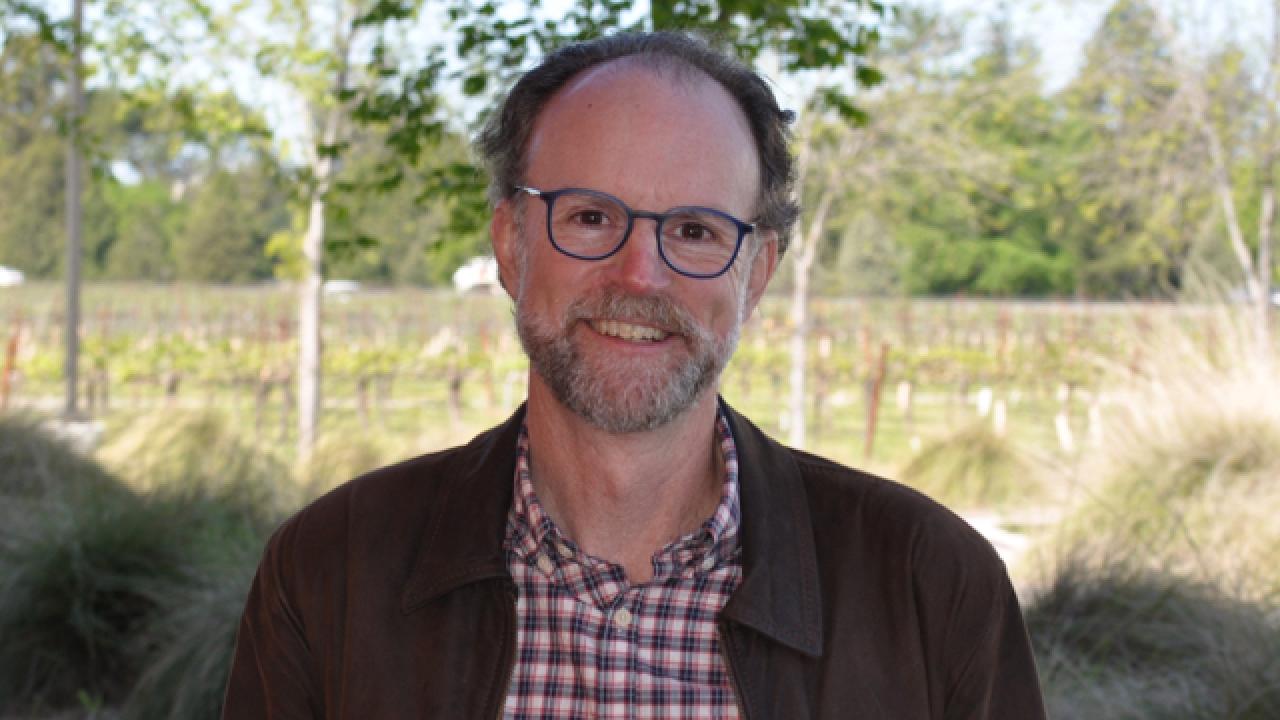
The wine chemistry research in Dr. Andrew Waterhouse’s lab takes a number of diverse approaches, depending on the issue at hand and the industry’s priorities. Wine oxidation is a big issue today and several students are tackling this from a number of angles. PhD students Lingjun Ma and Anita Peterson investigated the basic chemical reactions that oxidation stimulates in order to understand what approaches might be worth pursuing. These have led to the idea that glutathione might be a good preservative for wine, as well as showing how acetaldehyde has many forms present in wine.
MS students Charlie Henchen and Thi Nguyen have addressed oxidation at a practical level. Our micro-oxygenation work has progressed to the point that we can now tell winemakers that the impact of the treatment is certainly mediated by yeast once the SO2 levels get low, and it also appears that there is a tipping point where acetaldehyde production takes off at low SO2. Our current investigation is looking into the effect of residual sugar on this process as it appears that the yeast still need a bit of sugar to facilitate the micro-oxygenation.
Red wine pigments have been a major mystery until the last 10 years when mass spectrometry began to show that specific compounds, previously observed in model wines, were present in wine itself. Now the technology is providing so much data it is hard to sort it out. PhD student Jonathan Cave is collaborating with Nikolai Kuhnert, who showed how to sort out tea tannins, to come up with an analysis of the red wine pigments. The number of substances is in the thousands and will take some automated software analysis of the data to yield useful information.
Since sulfites are the major tools used in managing and preventing wine oxidation, we have had a concern that current methods for measuring SO2 are a problem due to “weakly bound” sulfites showing up as free in the Ripper and aspiration methods. The syringe/gas tube method from Sacks and Howe measures only the SO2 that is not bound at all, providing better information on protection of a wine. With MS student Todd Jenkins, we have developed a headspace GC method that quantifies the same value but it is a method that can be automated.
To close, a few projects in Dr. Waterhouse's lab are looking at closures, one supported by DIAM, and one by Cork Supply and Plumpjack, with collaboration from G3. The DIAM project is looking at wine aging under a number of closures, while the latter project is investigating whether or not natural corks change their behavior during aging and/or their oxygen transfer performance.
